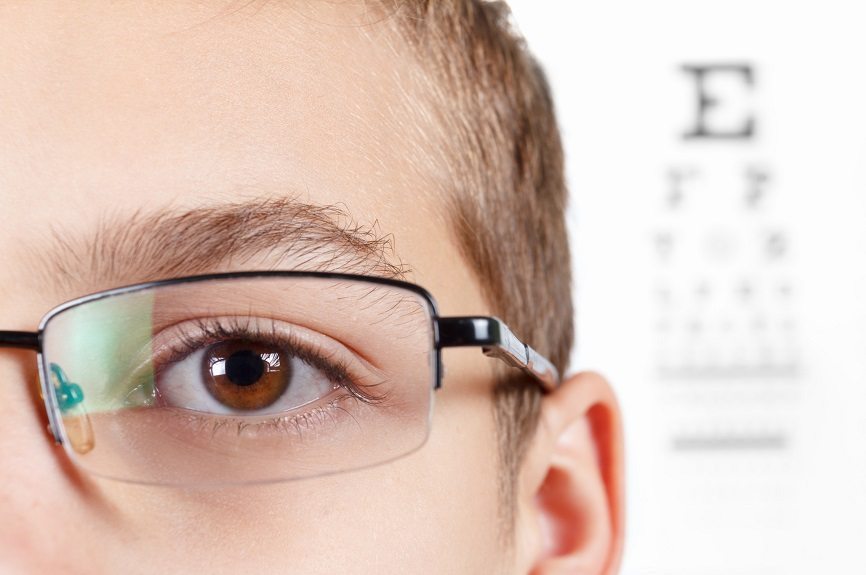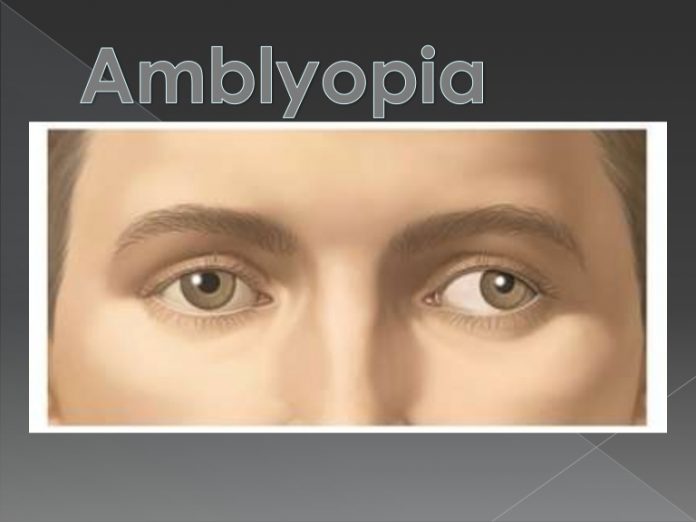What is Lazy eye / Amblyopia?
It is a condition where the vision in an eye is poor because of lack of use of the eye in early childhood. About 1 in 25 children develop it to some degree . It sometimes affects both eyes.
Why is it important?
If you have permanent amblyopia, you do not see properly out of one eye. The severity of visual impairment can vary. It is always best to have two fully functioning eyes to have a good sense of depth ( to see properly in three dimensions).

What causes it ?
If a young child cannot use one or both eyes normally, then vision is not learnt properly.
The three main causes are: Squint, eyesight problems, eye media opacities (Scarred cornea/cataract in lens).
How is it diagnosed and assessed?
By testing the eyes periodically.
How is it treated ?
By correcting the underlying eye disorders:
Refractive errors such as short or long sight can be corrected with glasses. Improvement in eyesight after being fitted with glasses can take 4 -6 months.
Cataracts can be treated with an operation. Squint can be corrected with glasses and/or surgery.

Making the affected eye work
The most common treatment is Eye Patching / Occlusion. This is where the good eye is covered with an eye patch, forcing the amblyopic (lazy) eye to see.
Other treatments include – Atropine eye drops/ointment and Frosted glasses.
Vision therapy can be used as a treatment to maintain the good work achieved by eye patching. This involves playing visually demanding games with a child to work the affected eye even harder – like eye training. Your child should do close-up activities when wearing a patch or using other amblyopia treatments. Activities such as drawing and colouring, reading and school work are detailed and act as good exercise for the eye.
As a rule, the younger the child is treated, the quicker the improvement in vision is likely to be, the better the chance of restoring full normal vision & treatment failure can be avoided.
For more information and any queries please contact your Eye specialist.

Specialist Ophthalmologist
Bahrain Specialist Hospital
Email: shreyas.palav@bsh.com.bh

